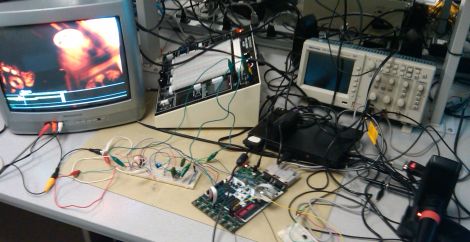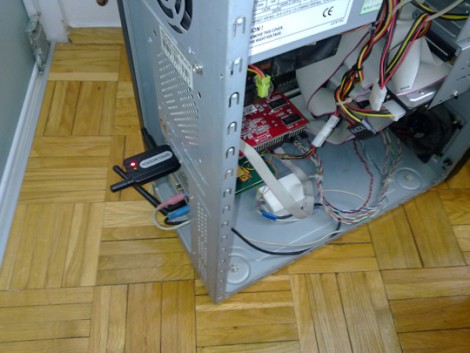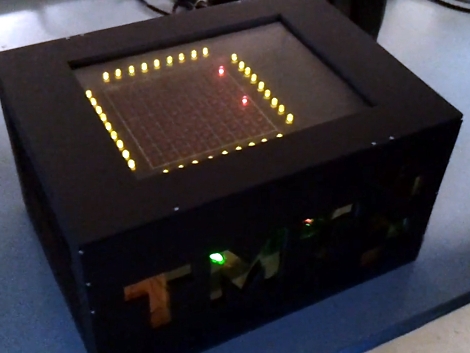
[Garrett Mace] wrote to us in hopes of finding a few good programmers to help him out with a project he’s been working on for Maker Faire Bay Area 2011.
More specifically, he is looking for Processing programmers who are also pretty decent with graphics. Macetech’s big project for this year’s Maker Faire is a large overhead light matrix constructed from Chinese lanterns. They are using their new Satellite LED modules to light the 128-lantern array, which is laid out in a 16×8 matrix.
It seems that the Macetech crew has been so busy getting the array built and tested that they don’t have much time to program any visualizations for it – that’s where you come in. If you are so inclined, simply download his matrix simulation code, put together some cool displays, and send them his way. [Garrett] says that they will be taking video of the visualizations, so even if you can’t attend Maker Faire, we will all be able to enjoy your hard work (though it would be pretty cool if they sent contributors a Satellite LED module “sample” as well!)
Keep reading to see a quick demo video of the simulation software to get an idea of what they are looking for visualization-wise.
Continue reading “Macetech Is Looking For A Few Good Processing Programmers”
















